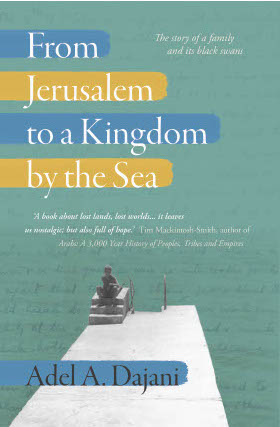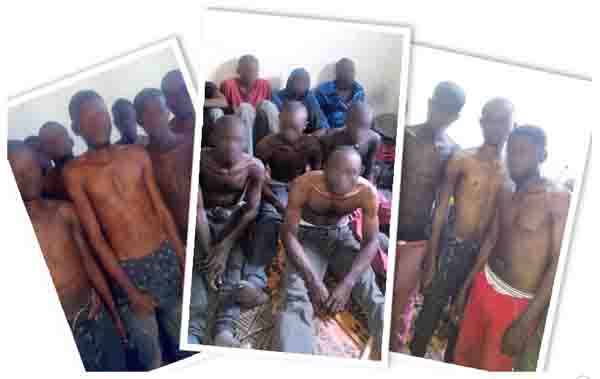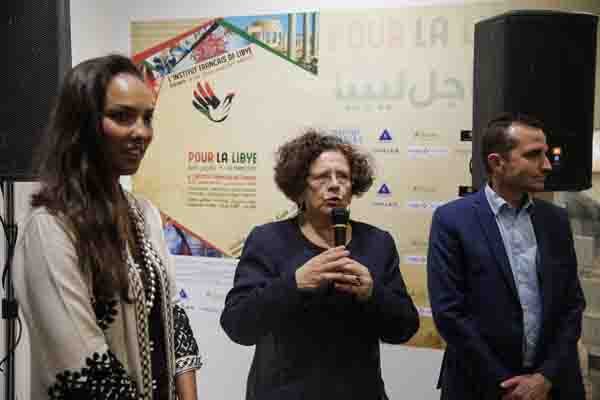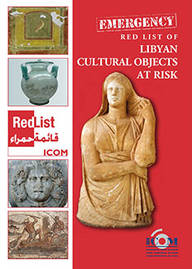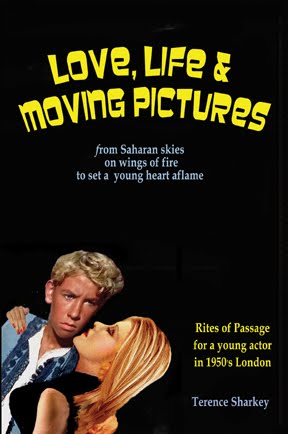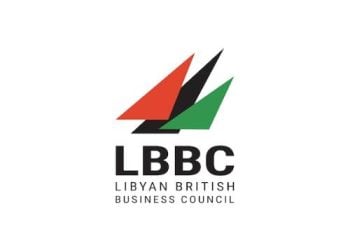By Nahla Al-Ageli.
London, 22 June:
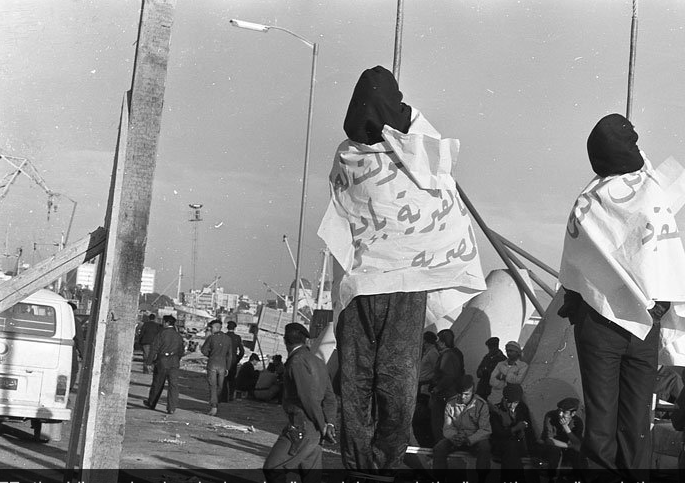
This controversial exhibition, part of the London Festival of Photography 2012, draws on original archive material unearthed . . .[restrict]by a team from Human Rights Watch during the Revolution in Libya. The material is therefore photos of originals discovered and are not in any way of an artistic bent taken to humanise Qaddafi.
Still, for the Libyan, this exhibition is hard to stomach, because Qaddafi was the great tormentor, abuser and grand narcissist, who derived great pleasure in displaying his prowess. The material only evokes feelings of loss, grief and shame about the wasted years and what could have been achieved but wasn’t.
None of the photos comes as a surprise, as the Libyans have already seen most of them on billboards for 42 years. We know of all his various outfits, from the military dress with false medals and honours, to the African robes and Armani suits. But perhaps for the foreign observer, the exhibition offers an insight into the years of horror endured.
Spread over five rooms, it starts with Libya’s independence in 1951. We see King Idris I and his former Prime Ministers, Mustafa Ben-Halim and Hussein Maziq, as well as his close Adviser Abdul-Aziz Shelhi. One shows HM Queen Elizabeth II on a visit to Libya in 1954 and another with the King opening Parliament, as well as photos of him with US and British military attaches.
The Qaddafi era then follows, with Room Two focusing on the first year after the 1969 coup and anniversary celebrations, when the US and British had evacuated their air bases. Also, there is the major visit to President Gamal Abdul-Nasser in Cairo in 1969 and. when the Egyptian leader died, photos of the memorial parade with thousands of Libyans out in public mourning.
Room Three is material circa 1980s, when Qaddafi began to implement his Green Book theories, by abolishing parliament and the party system, rejecting communism and capitalism and instituting the abolition of personal property. There are photos of a state visit to the Soviet Union, with President Leonid Brezhnev and a picture of Saif Il-Islam with his mother Safia Farkesk, in a Great Man Made River Project tunnel.
It is Room Four that looks at Qaddafi’s descent into hell, with photos and videos proving the public hangings that took place in the 1980s. In particular, one disturbing photo is of two men hanging at the Benghazi sea port and a video of the public execution of Sadiq Hamed Shwehdi. Also in this room, are copies of letters from the CIA, dated in March 2004, coordinating with Qaddafi for the secret rendition of Abdullah Al-Sadiq from Malaysia.
Room Five is miscellaneous material, with portraits of Libyan military graduates, photos covering the war in Chad and the ‘Al-Fateh’ celebrations in 1977. This section of the exhibition also includes cartoons and a recent video of Misrata militias terrorising residents of nearby Tawergha, accusing them of pro-Qaddafi atrocities.
Although there are no other pictures of the recent Revolution, there is a tribute area to the photojournalists who were killed in April 2011: Tim Hetherington, Chris Hondros and Anton Hammerl. Mention is also made of Michael Christopher Brown and Guy Martin who were wounded in last year’s Revolution. HRW has also made it clear that this exhibition is not meant to be a Qaddafi freak show, but to respect the memory of all those who have died or suffered under the regime.
Like any historic proof, it is for a nation’s benefit to preserve all original material for future educational reference. As Libyans, 42 years of history cannot be wiped out and the evidence must not be destroyed, no matter how much anger or shame we feel towards it. Archives remind us of what and how things went wrong and will help us to unravel the thousands of mysteries yet to be unraveled.
As Libyans, yes, we’d prefer to put images of a smiling Qaddafi aside, at least until our hurt and wounds heal properly. Perhaps in years, we can look dispassionately at these archives and gain much needed closure. Qaddafi laughed at us and we were scared of him. But, now it turns out, he was the Emperor with no clothes.
The Qaddafi Archives will be open until 29 June and include four panel discussions next week. For more information: www.lfph.org/diary/the-Qaddafi-archives-libya-before-the-arab-spring.
Nahla Al-Agelia is British/Libyan journalist based in London. [/restrict]

